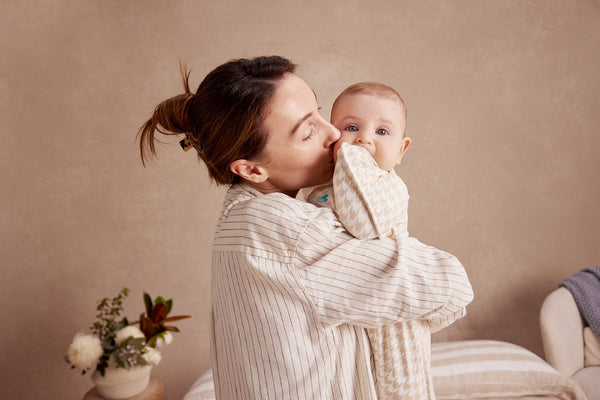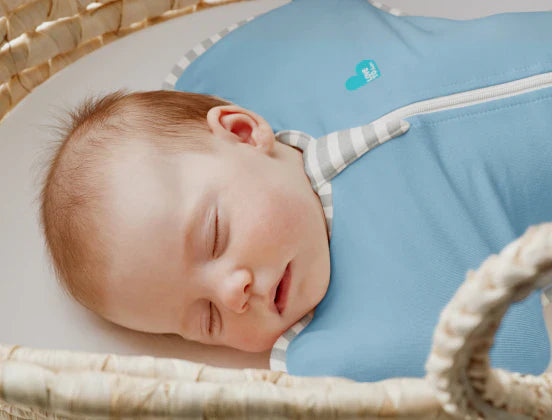Why is my baby’s sleep schedule messed up?
When there are changes of environment, even minor ones, it can mess up a baby’s sleep routines temporarily. It may simply be that your baby is unwell, or experiencing a sleep regression in line with their developmental stage. Perhaps you have a visiting relative, or you’ve taken your family to the other side of the world for a holiday. Life is unpredictable and sometimes you can’t provide your baby with exactly the same conditions for every nap. Changes like these can disrupt your baby’s sleep schedule.
Why is a baby’s sleep routine important?
Creating a routine for your baby’s sleep can be key to establishing healthy sleep habits now and well into the future. When your baby first arrives, nothing is familiar to them and they are unable to differentiate between night and day. Creating a bedtime routine helps create cues, familiarity, and a consistency that your baby grows to rely on for nap times. Naptime routines can:
- Help regulate baby’s sleep patterns
- Can help inform and establish baby’s body clock
- Can help prevent overtiredness
- Can help encourage sleep independence
- Can help during times of transition
- Can help settle in unfamiliar environments
How do I get my baby back to an effective sleep schedule?
If you were happily enjoying an established baby sleep routine that has been messed up, here are a few things you can do to get it back on track:
1. Create the ideal sleep environment
Where your baby sleeps, and how you set up their sleep space, can make all the difference to establishing a good sleep routine. The quality of your baby’s sleep is greatly affected by their sleeping space and how familiar your little one is with the space around them.
Putting your baby down to sleep in multiple locations around the house, like the lounge room, or in their pram, can become confusing and unsettling for them. This is why it’s important where possible to always put your baby down in the same, well-established, safe sleep location, each time they sleep. This creates familiarity and sends a simple, clear message ‘When I’m put in my bassinet or cot or crib, it’s time to sleep’. It will also help give your baby a strong and positive sleep association with their own sleep space, which will continue as they grow.







